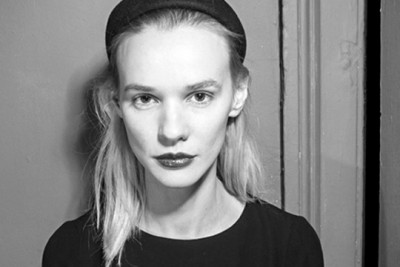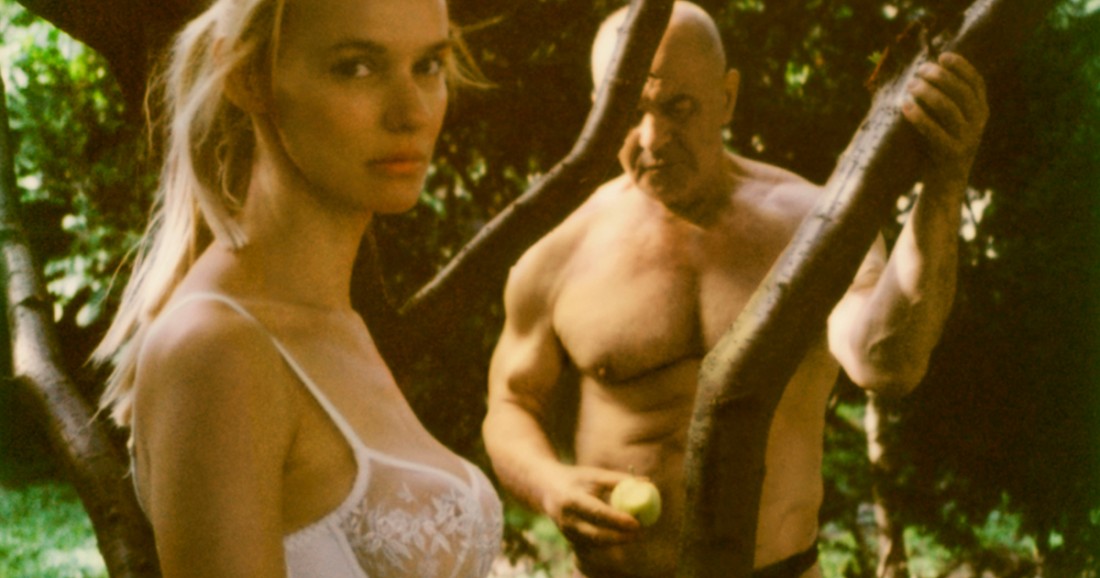Exhibition
ANETA BARTOS MONOTROPA TERRAIN
28.11 – 30.01.2022
ANETA BARTOS
Judgement Day, 2013
Set in the dark world of Monotropa Terrain, the seemingly amphibious characters portrayed in Bartos’ latest film seem to be in an embryonic process of taking form, merging or splitting, as if trying to become a hybrid, dual-form of creature. Moving through plant infested ponds and puddles of mud, the symbiotic movements of Bartos characters remind us of the sensual and mysterious ballets often seen in early documentaries on cell reproduction, or fungus and insect life. Monotropa plants are often mistaken for a fungus. They lack chlorophyll pigments, which give plants their green color, Hence they don’t feed using photosynthesis. Monotropa can grow on the dark, dense forest floor covered by leaves and debris. It creates a hybrid relationship with fungi that produces sugar by becoming a parasite to photosynthetic plants and fungi. It tricks the fungi into feeding them, effectively reversing the traditional food chain.
Originally shot on Super 8, Monotropa Terrain is a continuation of Bartos’ series Spider Monkeys, of which a selection is shown in the exhibition. This series is also focused on dualistic beings, half-human half otherworldly, entangled in psychological landscapes. Where her decision to use expired Polaroid film was a deliberate choice of medium to re-create childhood memories in the artist’s highly acclaimed photography series Family Portrait, the choice for Super 8 film as medium to shoot Monotropa Terrain again proves to be in line with the film’s subjects.
The film’s blurry panning, the slowed down scenes which cause images to almost “split”, the changing in and out of focus, all seem to be consistent with the apparent changes its subjects are going through. (At times it feels as if watching something alive in a still developing Polaroid.)
On the opposite side of the Monotropa creatures in the woods, Bartos shows us a second black and white film divided into Testimonies I-V, where five women share their past encounters and situations taking place in the realm of the supernatural, filmed in an unspecified concrete wall environment. These ’super natural abduction’ testimonies feel as if the characters are testifying to situations they can no longer relate to themselves, trying to investigate the nature of their own existence by putting themselves outside of the memory they are describing, as if they are trying to describe their own hybrid co-other by distancing through a dark mirror.
The testimonies seem to be exercises of a traumatic coping mechanism, where extreme imagination and demented slapstick are tools to make up for the horror of the black holes in the experience of it’s participants. The project acts as a binary exploration of the deeper nature of the human mind and the functioning of its memory, questioning the nature of reality and its certainty, alluding to perceptions of mental illness and parapsychology.
Complimenting the six films of Montotropa Terrain are six photographic prints blown up from stills from the Super 8. Five of them depict 3 frames vertically and the sixth print is a series of five frames. They continue the decidedly cinematic theme and seem to exist as highly activated visual artifacts of the filmmaking process.
More gallery exhibitions and projects

